 Have you ever considered that punching and kicking is a form of exercise and fitness? Look no farther than the physique of boxers and fighters. And from time to time, we all need to do a little punching and kicking. In fact, not only is it a form of exercise, but you can burn a ton of calories doing it! If you like this type of stuff and are into different forms of mixed martial arts, you should really consider giving BODYCOMBAT™ a try.
Have you ever considered that punching and kicking is a form of exercise and fitness? Look no farther than the physique of boxers and fighters. And from time to time, we all need to do a little punching and kicking. In fact, not only is it a form of exercise, but you can burn a ton of calories doing it! If you like this type of stuff and are into different forms of mixed martial arts, you should really consider giving BODYCOMBAT™ a try.
This Les Mills class, will allow you to become more physically fit, faster, and stronger in less than 60 minutes. According to Les Mills, research shows that with a simple 55-minute class, the average caloric burn is 737! The class, inspired by mixed martial arts, is a cardio-based workout using just your body as the machine.
What to Expect from This Group Fitness Class
When taking BODYCOMBAT™, you can expect a whole lot of kicking, punching, and throwing elbows and knees (at the air, of course, and not at another class participant!). The class is a combination of kicks that work the lower half of the body, and blocks, strikes, and punches that are designed to work the upper half of the body as well as the core.
Who Is It Good For?
Everyone! For those who are looking for a cut upper body, BODYCOMBAT™ uses rapid boxing-style upper-body movements that work the fast-twitch fibers of the muscle. These fast-paced movements contribute to the “fit” upper body more than a traditional strength training workout that works more of the slow-twitch muscle fibers. Or maybe you are looking to become faster and more agile. BODYCOMBAT™ will help to improve your sprint time, jumping ability, and dynamic movement.
If you are looking for a different way to get more physically fit, this group fitness class of the month may be it. Discover the vast benefits of boxing and fighting—but without the black eyes, facial lacerations, and missing teeth!
To access the full group fitness schedule at NIFS, click here! Not a member? No problem! Click here to get a free class pass and try BODYCOMBAT™ on us!
This blog was written by Amanda Bireline, Fitness Center Manager. To read more about the NIFS bloggers, click here.


 For the month of May, we are highlighting Boot Camp as our
For the month of May, we are highlighting Boot Camp as our 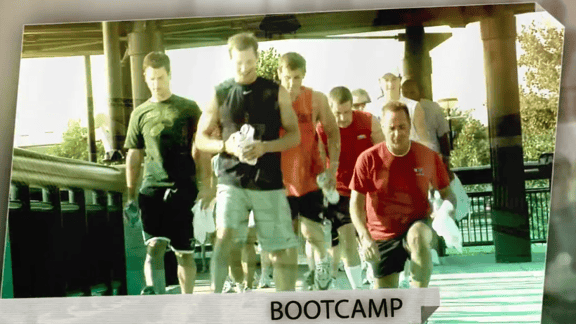
 We all know that having a wonderful training program is important, but that’s only one piece of the pie. Another key part of successfully training for a half marathon or endurance activity is having proper nutrition
We all know that having a wonderful training program is important, but that’s only one piece of the pie. Another key part of successfully training for a half marathon or endurance activity is having proper nutrition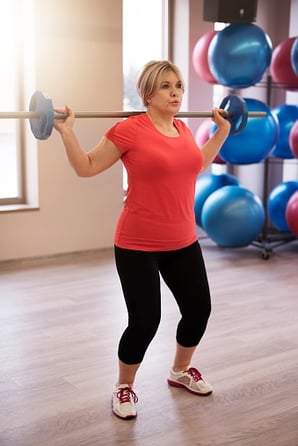 Let’s play out a little scenario. Judy just renewed her gym membership because it’s almost time for her annual summer vacation. She currently weighs 170 pounds but wants to lose around 30 pounds before she goes on vacation. She has taken herself through this transformation once before by running 4 miles on the treadmill every other day until she finally got to her desired weight. She plans to come to the gym this year with the same game plan as last time. Judy does not lift weights because she only wants to lose fat, not gain muscle.
Let’s play out a little scenario. Judy just renewed her gym membership because it’s almost time for her annual summer vacation. She currently weighs 170 pounds but wants to lose around 30 pounds before she goes on vacation. She has taken herself through this transformation once before by running 4 miles on the treadmill every other day until she finally got to her desired weight. She plans to come to the gym this year with the same game plan as last time. Judy does not lift weights because she only wants to lose fat, not gain muscle. 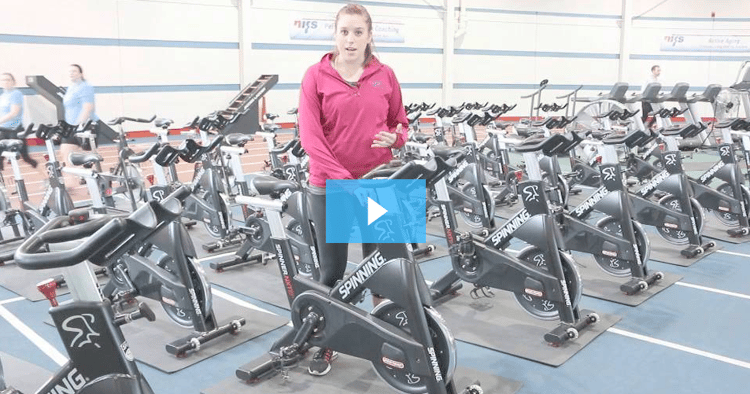
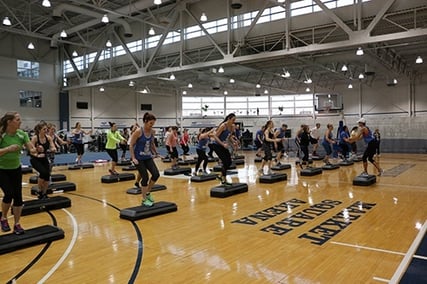

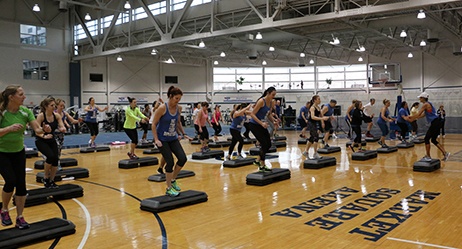 Step aerobics has been around for some time. We are all aware of its huge popularity in the 80’s, and while some may have thought it was dead and gone, many know it is alive and kicking! With the launch of
Step aerobics has been around for some time. We are all aware of its huge popularity in the 80’s, and while some may have thought it was dead and gone, many know it is alive and kicking! With the launch of 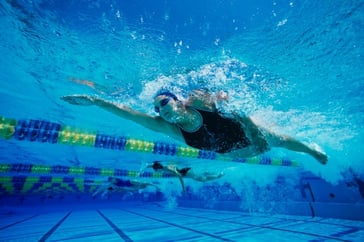 Nothing sounds more dreadful to me than putting on my suit to jump into the pool to do some lap swimming on a sub-20-degree winter day (unless, of course, it’s a belly-smacker challenge—then I’m in!). But with the vast benefits that come from swimming, the draw tends to be a little bit enticing (and here are some ideas for
Nothing sounds more dreadful to me than putting on my suit to jump into the pool to do some lap swimming on a sub-20-degree winter day (unless, of course, it’s a belly-smacker challenge—then I’m in!). But with the vast benefits that come from swimming, the draw tends to be a little bit enticing (and here are some ideas for 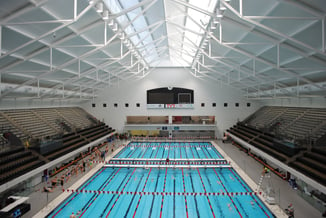
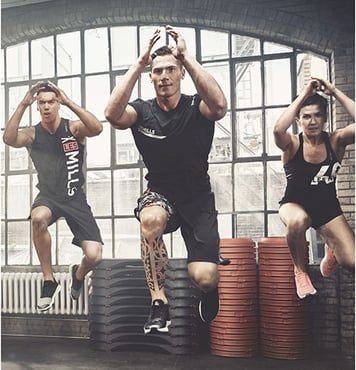


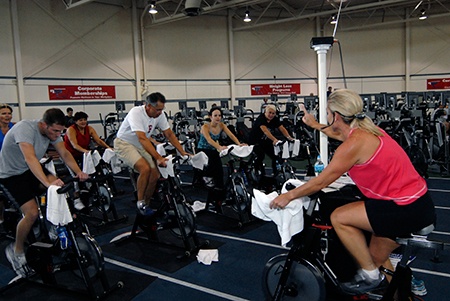 Are you one of those who either hate to run or find it is too hard on your body? You like to bike but right now it is way too cold to ride outside. Well, one of the greatest indoor group training classes that is offered is
Are you one of those who either hate to run or find it is too hard on your body? You like to bike but right now it is way too cold to ride outside. Well, one of the greatest indoor group training classes that is offered is